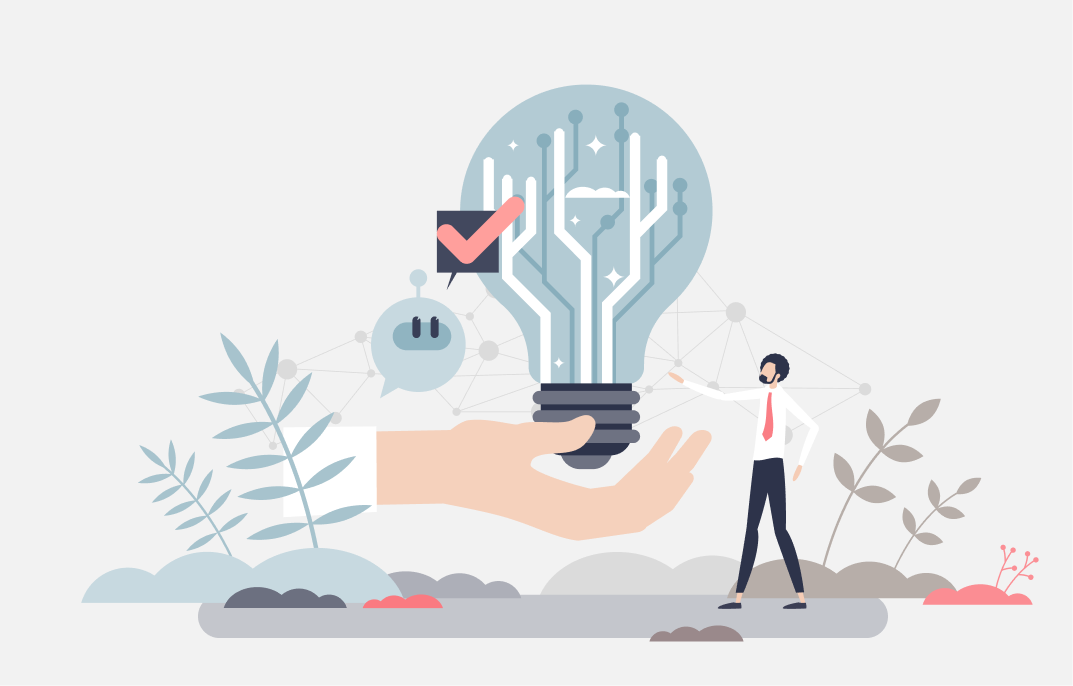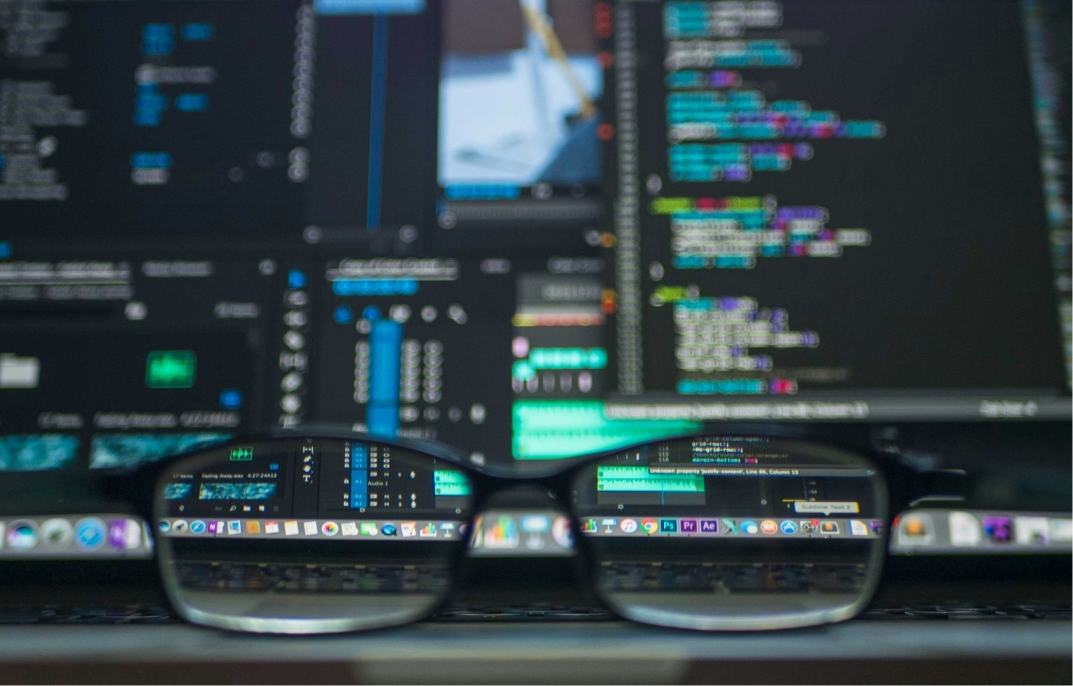The Internet of Things (IoT) and smart devices are reshaping the way we live, work, and interact with the world. By creating a network of interconnected devices, IoT is transforming everything from our homes and workplaces to entire industries. As technology advances, the potential for IoT continues to grow, offering new opportunities for innovation, efficiency, and convenience. In this article, we’ll explore how IoT and smart devices are building the connected future and how this transformation is impacting various sectors.

1. What is IoT?
The Internet of Things (IoT) refers to a system of interconnected devices that communicate with each other and share data over the Internet. These devices, often equipped with sensors, software, and connectivity, can collect, transmit, and act on data without requiring human intervention.
IoT devices range from everyday objects like smart thermostats and wearable fitness trackers to industrial equipment and infrastructure sensors. The goal of IoT is to create a seamless flow of information, improving decision-making, automating processes, and enhancing the user experience.
2. The Evolution of Smart Devices
Smart devices are at the heart of IoT. These devices are designed to interact with users and other connected systems, providing automated responses, personalized experiences, and real-time insights. The evolution of smart devices has been driven by advancements in technologies like artificial intelligence (AI), machine learning (ML), and wireless communication.
- Early Smart Devices: In the early days of IoT, smart devices were limited to specific functions, such as smart refrigerators that could monitor food usage or smart light bulbs that could be controlled remotely. While innovative, these devices were relatively isolated in terms of connectivity.
- Today’s Smart Devices: Modern smart devices are far more sophisticated, and capable of integrating with broader ecosystems of devices. For example, a smart home system can synchronize a thermostat, lighting, security cameras, and voice assistants like Amazon’s Alexa or Google Assistant, all operating seamlessly together. This interconnectedness makes IoT an integral part of our daily lives.
3. Key Components of IoT and Smart Devices
Several key components make up IoT and smart devices:
- Sensors: These are the eyes and ears of IoT devices, collecting data from the physical environment. Sensors can measure everything from temperature and humidity to motion and light.
- Connectivity: IoT devices need a way to transmit the data they collect. This is typically done through Wi-Fi, Bluetooth, 4G/5G networks, or other wireless communication protocols.
- Data Processing: The data collected by IoT devices is often processed locally (edge computing) or sent to the cloud for analysis. This processing allows for real-time insights and decisions.
- User Interface: For many consumer IoT devices, the user interface allows for direct interaction, often through smartphone apps or voice commands. In industrial applications, data is often visualized through dashboards or integrated into broader management systems.

4. Applications of IoT in Different Sectors
IoT is transforming various industries by enabling new levels of automation, monitoring, and data-driven decision-making. Let’s look at some of the key sectors benefiting from IoT and smart devices.
a. Smart Homes
One of the most visible applications of IoT is in the home. Smart home devices such as connected thermostats, security systems, lighting, and appliances provide convenience, security, and energy efficiency. With IoT, homeowners can control and monitor their homes remotely, receive real-time alerts, and optimize their energy usage based on data insights.
For example, a smart thermostat like Google’s Nest can learn a user’s schedule, adjusting the temperature automatically to save energy when no one is home. Smart security cameras and doorbells allow homeowners to monitor their property in real-time and receive alerts about unusual activity.
b. Healthcare (IoT in Medical Devices)
IoT has revolutionized healthcare by enabling remote patient monitoring, wearable devices, and smart medical equipment. Wearable devices, like fitness trackers or smartwatches, monitor vital signs such as heart rate, sleep patterns, and physical activity. This data can be shared with healthcare providers to track a patient’s health over time, enabling early detection of potential issues.
Connected medical devices such as insulin pumps and pacemakers can adjust treatment based on real-time data and alert healthcare providers if there’s an issue. In hospitals, IoT is also being used for asset tracking, ensuring that medical equipment is always available and properly maintained.
c. Smart Cities
IoT is a key enabler of smart cities, where technology is used to improve urban living. By connecting infrastructure, transportation systems, and services, cities can enhance efficiency, reduce costs, and improve the quality of life for residents.
Some examples of IoT in smart cities include:
- Smart Traffic Management: Sensors embedded in roadways and traffic lights can monitor traffic flow, optimizing signal timings to reduce congestion and emissions.
- Smart Waste Management: IoT-enabled trash bins can alert waste management services when they are full, improving collection routes and reducing waste.
- Smart Lighting: Streetlights equipped with sensors can adjust brightness based on the time of day or the presence of pedestrians, reducing energy consumption.
d. Manufacturing (Industrial IoT - IIoT)
In manufacturing, the Industrial Internet of Things (IIoT) is driving the next wave of automation and efficiency. Smart sensors are embedded in machines and equipment to monitor their performance in real-time. This data allows manufacturers to predict maintenance needs, reduce downtime, and optimize production.
For instance, a factory with connected machines can use IoT to track operational efficiency, detect potential failures before they happen, and even allow machines to communicate with each other to adjust production lines automatically.
e. Retail
IoT is transforming the retail industry by creating more personalized shopping experiences. Retailers are using connected devices to manage inventory, track customer preferences, and optimize store layouts.
Smart shelves, for example, can automatically monitor stock levels and notify store managers when items need restocking. Beacon technology allows retailers to send targeted promotions to customers’ smartphones as they browse in-store, enhancing the shopping experience.

5. Challenges of IoT and Smart Devices
While the potential of IoT and smart devices is enormous, several challenges need to be addressed for widespread adoption.
a. Security and Privacy
One of the biggest challenges with IoT is security. Since IoT devices are connected to the internet, they are vulnerable to cyberattacks. Hackers can exploit security loopholes to access sensitive data, take control of devices, or disrupt services. Ensuring robust security measures, such as encryption, authentication, and regular updates, is crucial.
Privacy is also a concern, as many IoT devices collect personal data. Consumers need to trust that their data is being used responsibly and securely.
b. Interoperability
With so many different IoT devices and platforms available, ensuring that they can all communicate and work together is a challenge. Standardization efforts are underway, but there is still a need for more consistent protocols and frameworks to ensure seamless interoperability between devices from different manufacturers.
c. Scalability
As IoT networks grow, the ability to manage and scale them becomes more complex. Businesses need to ensure that their IoT infrastructure can handle large volumes of data and devices without compromising performance or security.

6. The Future of IoT and Smart Devices
The future of IoT and smart devices is auspicious, with continued growth and innovation expected in the coming years.
- 5G Connectivity: The rollout of 5G networks will be a game-changer for IoT, providing faster data transfer speeds and lower latency. This will enable more complex applications, such as autonomous vehicles, to operate in real time.
- AI and Machine Learning Integration: As AI and machine learning technologies continue to advance, IoT devices will become smarter and more autonomous. This will lead to more predictive and adaptive systems, capable of making decisions without human intervention.
- Edge Computing: Instead of sending data to the cloud for processing, edge computing enables data to be processed closer to the source (i.e., on the device itself). This reduces latency and improves the efficiency of IoT systems, particularly for real-time applications.
- Sustainability: IoT has the potential to drive sustainability efforts by optimizing resource usage, reducing waste, and enhancing energy efficiency in sectors like agriculture, energy, and transportation.
The Internet of Things is not just about connecting devices — it's about creating smarter environments, transforming industries, and building a seamless, data-driven future.
Conclusion
IoT and smart devices are building a connected future by transforming industries, improving efficiencies, and enhancing everyday life. The possibilities for IoT are vast, from smart homes and healthcare to industrial automation and smart cities. However, as the IoT ecosystem continues to grow, it’s essential to address security, interoperability, and scalability to ensure that this connected future is safe and sustainable. The journey toward an interconnected world is just beginning, and the innovation potential is limitless.
Heading 1
Heading 2
Heading 3
Heading 4
Heading 5
Heading 6
Lorem ipsum dolor sit amet, consectetur adipiscing elit, sed do eiusmod tempor incididunt ut labore et dolore magna aliqua. Ut enim ad minim veniam, quis nostrud exercitation ullamco laboris nisi ut aliquip ex ea commodo consequat. Duis aute irure dolor in reprehenderit in voluptate velit esse cillum dolore eu fugiat nulla pariatur.
Block quote
Ordered list
- Item 1
- Item 2
- Item 3
Unordered list
- Item A
- Item B
- Item C
Bold text
Emphasis
Superscript
Subscript







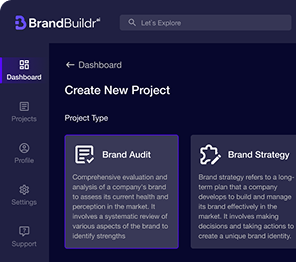
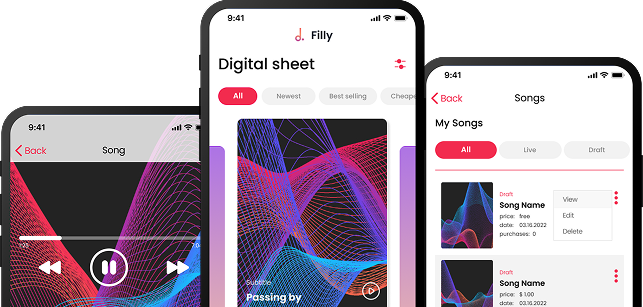


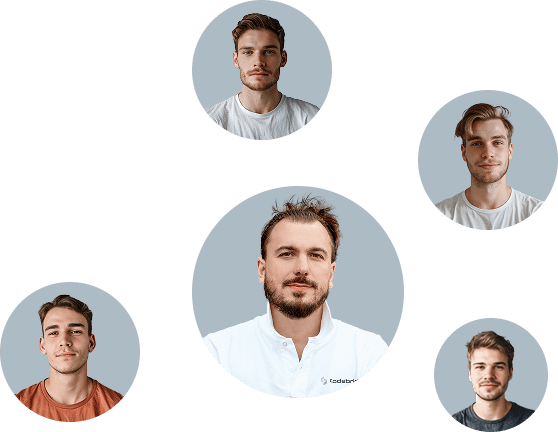







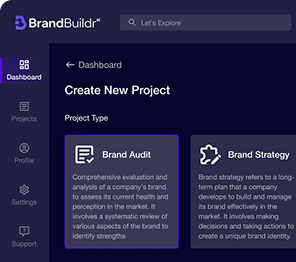
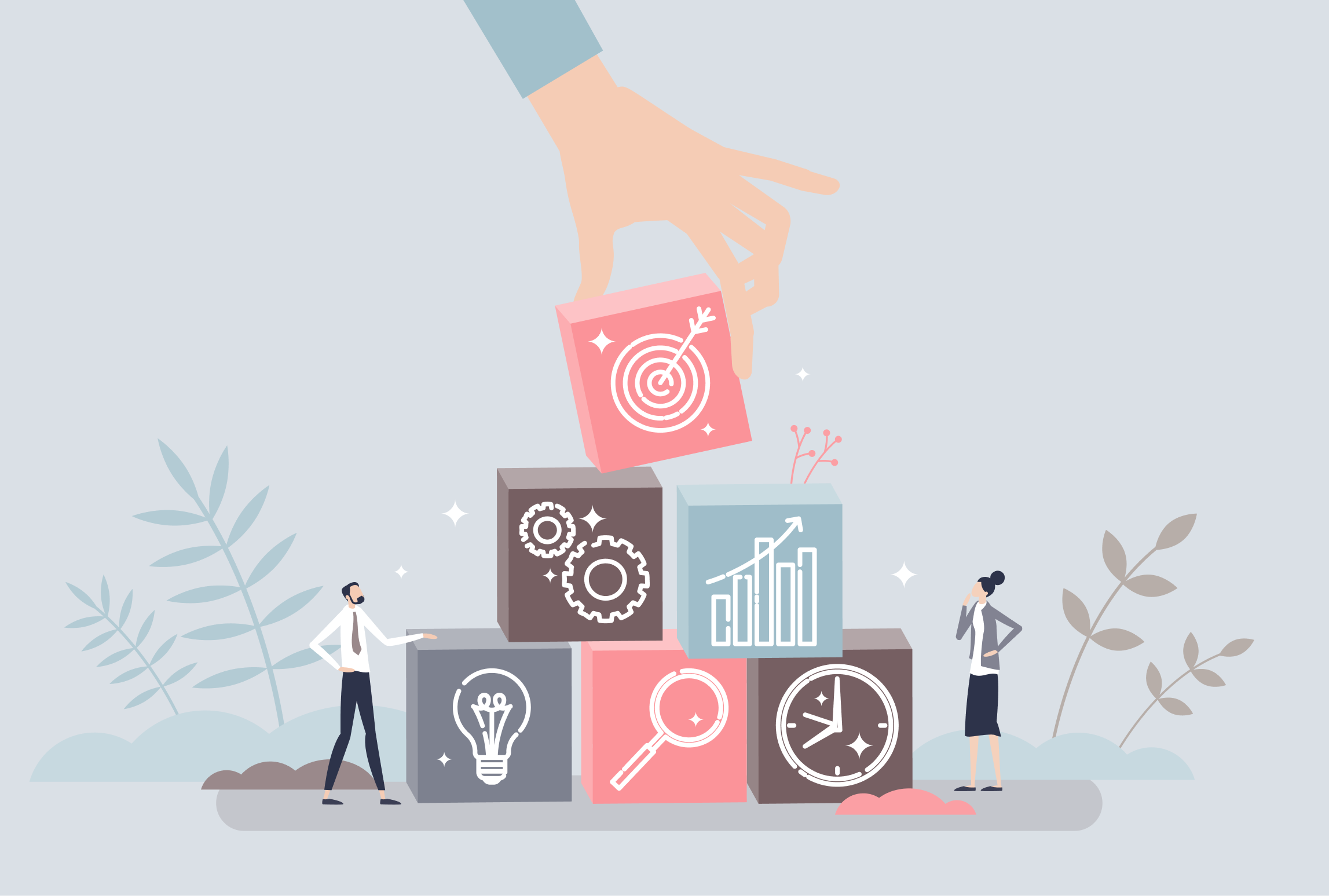
.avif)

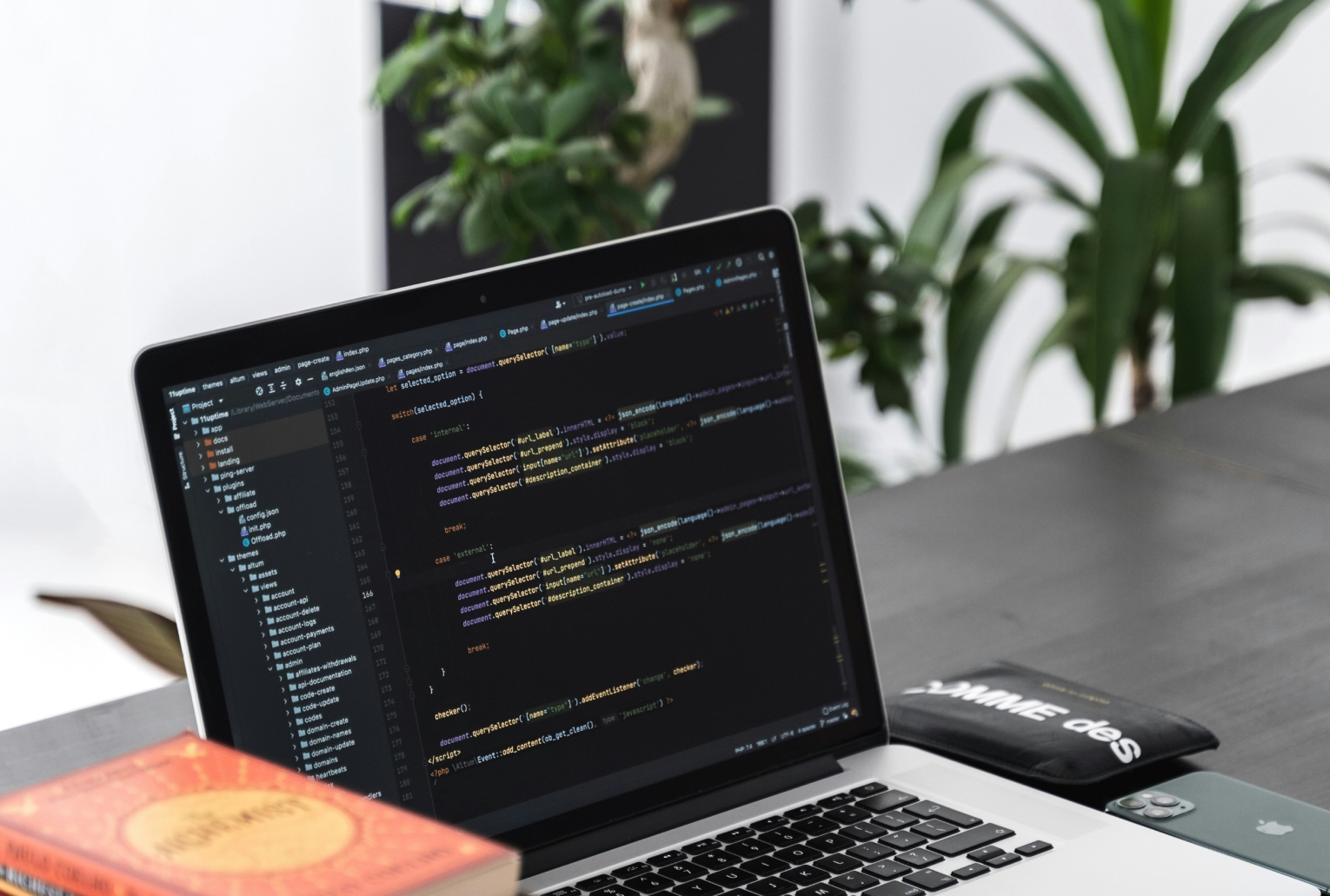

.avif)

.avif)
